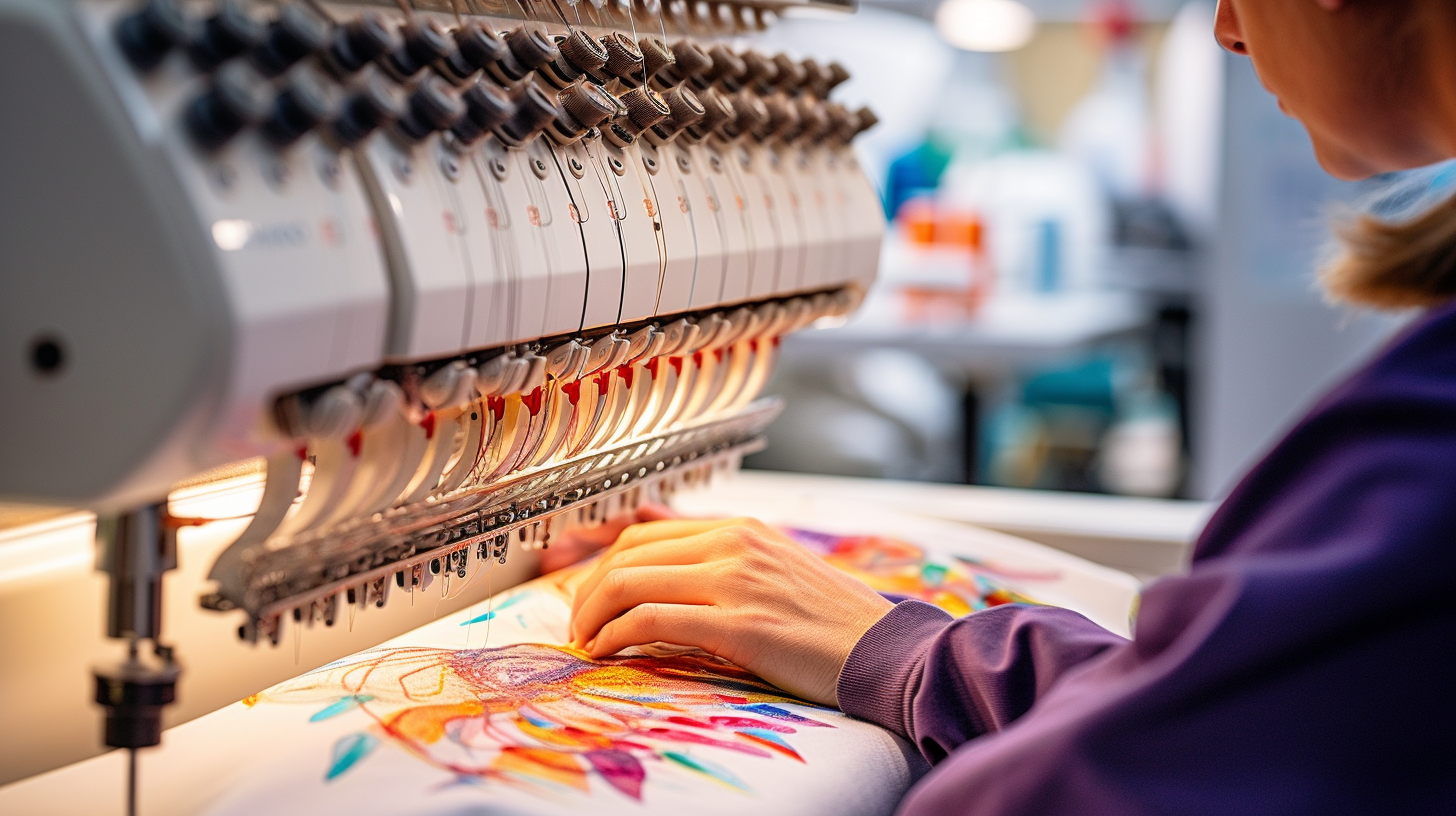Grasping the Needlework Digitizing Process: Your Ultimate Overview
Embroidery digitizing is a precise craft that requires accuracy and know-how to convert complex layouts right into electronic layouts for machine needlework. As craftsmens embark on this journey to understand the needlework digitizing process, a detailed understanding of the basics sets the structure for excellence. Beyond the simple expertise lies a world of advanced software, specialized devices, and nuanced techniques waiting to be checked out. By delving right into the subtleties of digitizing, one can unlock a world of innovative opportunities and raise their needlework tasks to new heights.

Comprehending Needlework Digitizing Basics
Embroidery digitizing fundamentals form the foundation upon which intricate styles are translated into machine-readable layouts for specific stitching. This initial step in the embroidery digitizing procedure is crucial for making certain that the final stitched product is a devoted depiction of the initial design. Understanding needlework digitizing essentials entails understanding key concepts such as stitch types, sew direction, density, padding, and pull settlement.
Sew types play a vital duty in establishing the aesthetic and textural outcome of the embroidered style. By selecting the appropriate stitch kind, whether it be satin, fill, or running stitch, digitizers can accomplish the desired effect and boost the overall quality of the needlework. Furthermore, stitch instructions affects the flow and dimension of the style, while thickness establishes the spacing and insurance coverage of the stitches.
Moreover, rug stitching offers security to the design by safeguarding the material and preventing distortion during the embroidery process. Draw compensation is another essential consideration to combat the natural propensity of textile to contract when stitched. Understanding these embroidery digitizing essentials is essential for developing professional-quality embroidered items.
Selecting the Right Digitizing Software Program
Selecting the appropriate digitizing software application is a vital choice that considerably influences the performance and top quality of the embroidery digitizing process. Digitizing for Embroidery. When picking the right digitizing software application, it is vital to think about factors such as the complexity of layouts you plan to produce, the user-friendliness of the software program, the degree of client assistance used, and the compatibility with your needlework equipment
There are various digitizing software application options offered in the marketplace, varying from standard programs for newbies to innovative software program for expert digitizers. Some preferred choices consist of Wilcom EmbroideryStudio, Hatch Needlework Software Program, and PulseID. These software provide a vast array of tools and functions to help you develop complex layouts with convenience.
Before deciding, it is suggested to explore the different software program alternatives through totally free tests or trials to determine which one best suits your demands. In addition, checking out testimonials and looking for referrals from skilled digitizers can give useful insights into the toughness and weak points of each software (Digitizing for Embroidery). By thoroughly assessing your needs and contrasting the attributes of various digitizing software application, you can make an informed selection that improves your embroidery digitizing operations
Digitizing Tools and Methods

Optimizing Style Setup for Embroidery
Understanding the intricacies of style setups is fundamental in attaining additional info optimum results in the news needlework digitizing process, building upon the structure laid by comprehending digitizing tools and methods. When enhancing style settings for needlework, it is essential to consider factors such as stitch type, density, padding, draw compensation, and enrollment. Enrollment setups align various components of the layout precisely, keeping overall style stability.

Troubleshooting Common Digitizing Issues
When coming across common digitizing issues throughout the embroidery procedure, it is vital to comprehend the source and carry out efficient remedies immediately. One usual problem is stitch density issues, where stitches might be as well dense, causing the material to pucker, or also sporadic, bring about spaces in the design. Adjusting the stitch density settings in the digitizing software can help resolve this problem.
Another frequent challenge is string breaks during the needlework process. This can take place as a result of different factors such as incorrect stress settings, dull needles, or making use of low-grade thread. Guaranteeing correct upkeep of the needlework machine, including regular needle changes and tension changes, can reduce the incident of string breaks.
Moreover, design enrollment mistakes can cause misaligned aspects within the needlework layout. Checking the layout alignment in the digitizing software and making necessary adjustments prior to stitching can assist in avoiding this problem. By addressing these common digitizing problems quickly and properly, you can make sure a smoother needlework process and high-quality ended up items.
Verdict
To conclude, understanding the embroidery digitizing procedure requires a solid understanding of the basics, the right choice of software, and understanding Visit This Link of devices and methods. Enhancing layout settings and fixing typical digitizing concerns are crucial steps in making sure premium needlework results. By adhering to these steps faithfully, one can accomplish accuracy and effectiveness in the digitizing procedure.